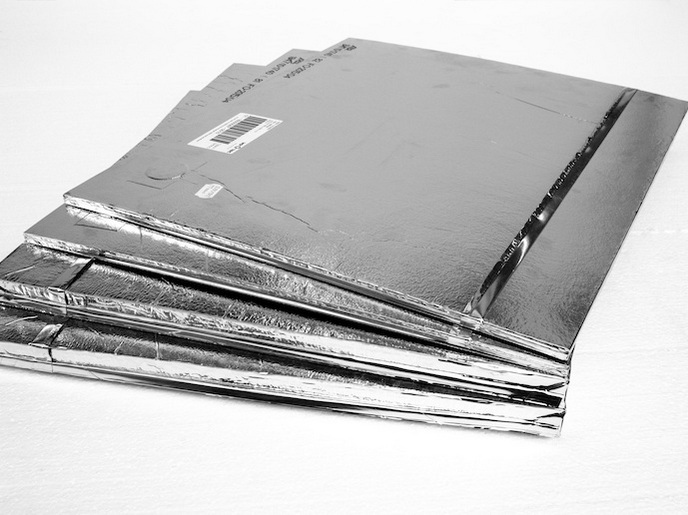Pushing the envelope of vacuum-insulated panels
Vacuum-insulated panels (VIPs) are a type of thermal insulation(opens in new window) created by wrapping a low-density core material in a foil envelope and removing the air. VIPs are used for a wide range of insulating applications, including domestic fridges and freezers, refrigerated shipping containers, and buildings. Compared to traditional insulating materials such as polyurethane, VIPs are thinner and lighter for the same insulating power. The EU-funded INNOVIP project(opens in new window) sought to develop this technology to make these panels cheaper and more efficient.
Low-density powder
Typically, the core in a VIP is perlite or fibre silicon, strengthened with support fibres and then pressed into shape. “We make use of microporous materials, as a material is a very effective insulator if it has very small pores,” explains Christoph Sprengard, project coordinator of INNOVIP. “Unfortunately, this very small pore size material is rather expensive.” Working at FIW München(opens in new window), Sprengard led a consortium of 13 industry and research groups across Europe to develop new innovations in VIPs. They developed a new core fill without support fibres, which offers the same thermal resistance at a lower price. “When you only have the powder, the VIP will perform better, but you cannot press a board out of it,” says Sprengard. “So we replaced the compressed board with a new approach.” Sprengard and his colleagues changed the production process from using a stiff compressed core to a loose powder in the envelope. Unfortunately, this had one key disadvantage – because the powder was not compressed, it did not form a sharp edge.
Pizza box solution
A rectangular shape is crucial for building applications, where the VIPs need to conform to the space being constructed. The team tried to form edges by injecting polyurethane into the envelope, but this proved too difficult and expensive. Instead, the group came up with a ‘pizza box’ approach, placing the low-density fill into a cardboard box which then went inside the envelope. A second element of the innovation process was the improvement of the envelope structure. This has three effects: reducing the overall cost of manufacturing VIPs and reducing the thermal bridging effect and the permeation of air and moisture through the envelope over time, improving its insulation quality. The cover layers were also stiffened to provide more structural support to the VIP and make it easier to handle. This was done using materials such as expanded polystyrene, gypsum board and polyurethane, depending on its intended application.
Multifunctional surfactants
Lastly, the group developed additional functionality in the form of nano-coatings that can be applied to the products. The different coatings aim to enhance different elements of the performance such as reduced flammability and antibacterial properties. The work was supported by the Horizon 2020 programme. “This was a great opportunity to further develop ideas out there, and generate new ones,” adds Sprengard. “The technologies we developed will be on the market soon in a variety of products,” he says, adding that some aspects have already been commercialised.







